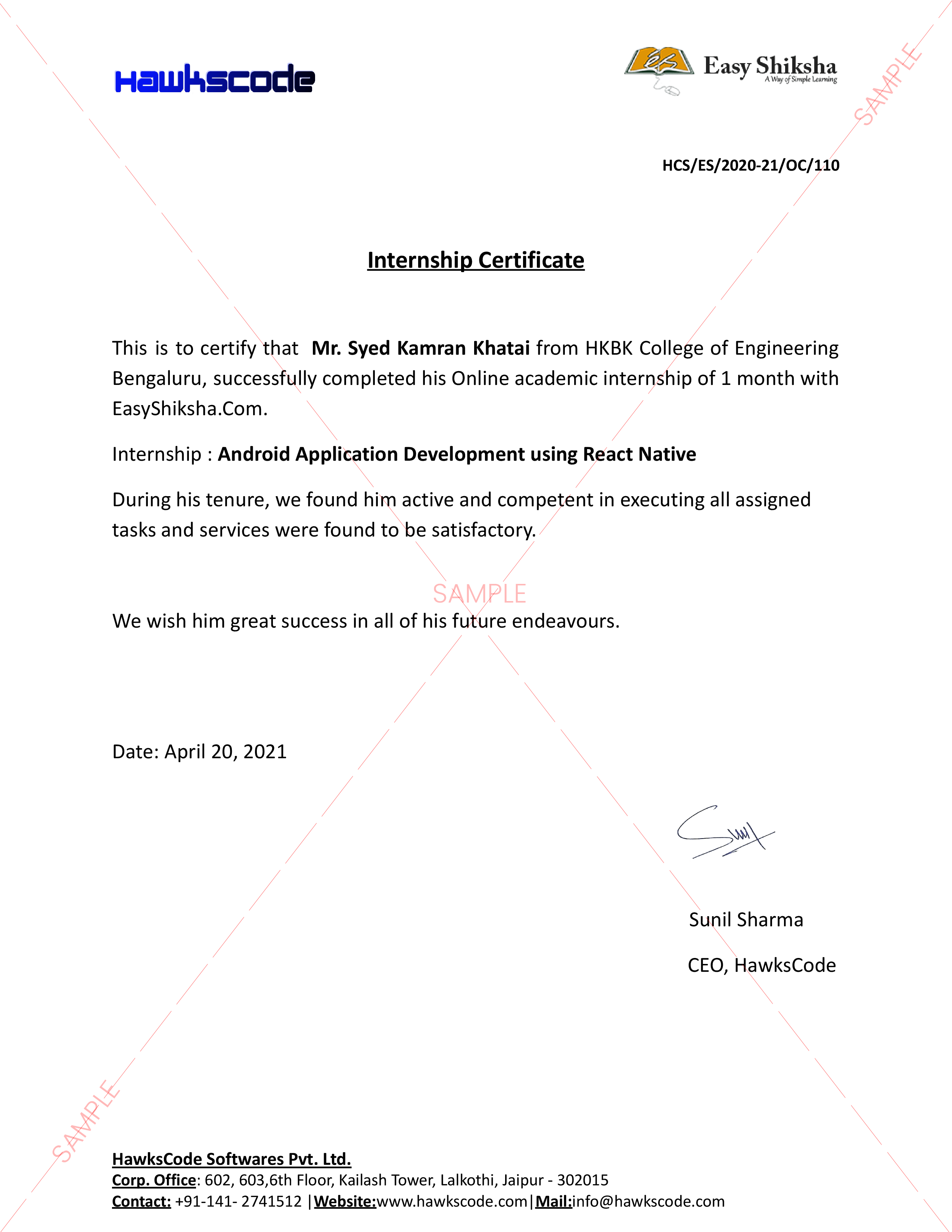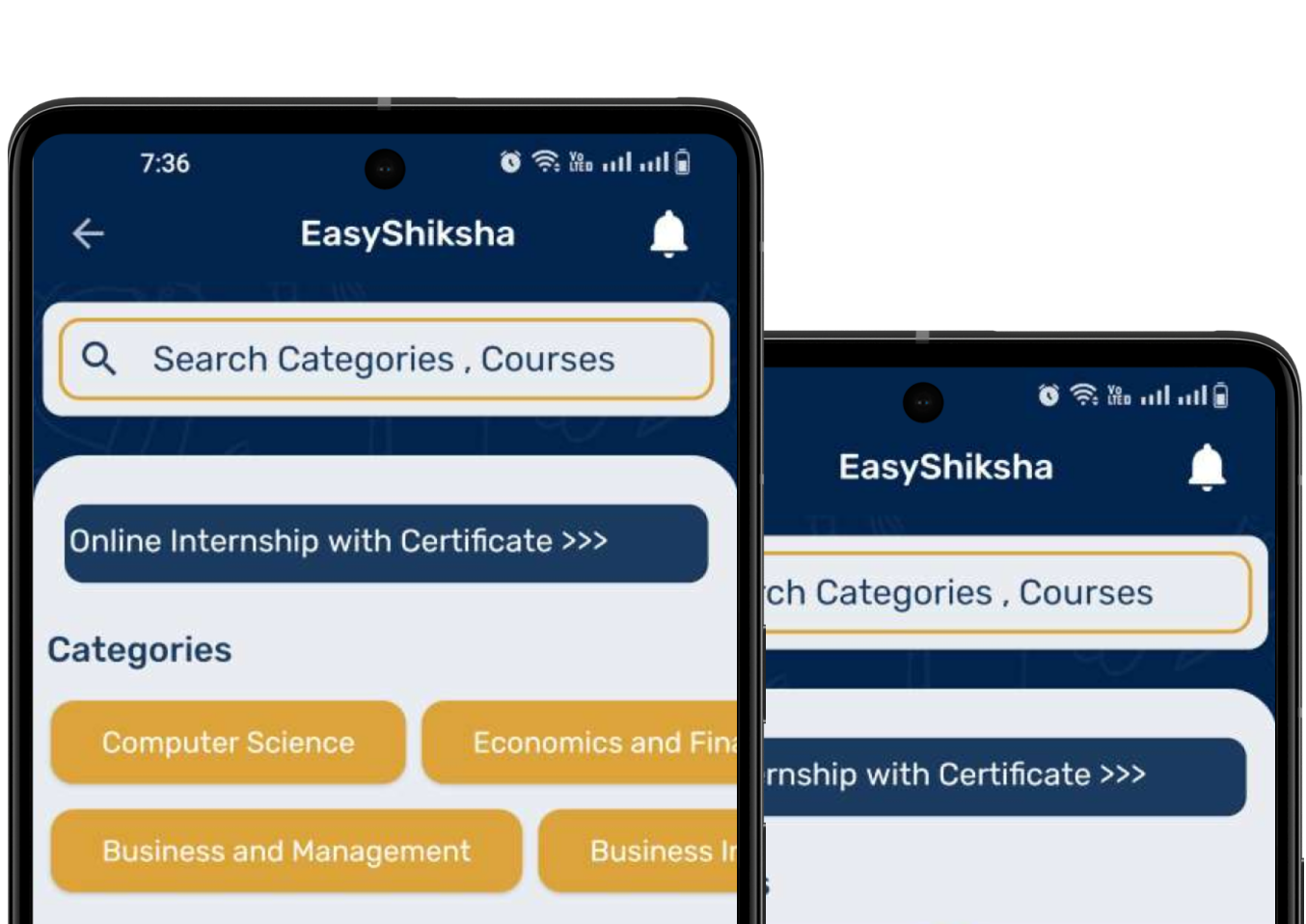By Ms. K.P. Kanchana, Assistant Professor, Jaipuria School of Business, Ghaziabad
The racism, misogyny, classism, and chauvinism that plague many organizations are caused by a confluence of factors rather than by a single attitude, deed, or outmoded custom. Because of this complexity, solutions can be difficult to find, and even in areas where change is clearly desired, we frequently observe resistance.
Columbia University has spent more than $200 million over the past 20 years to increase faculty diversity and inclusion. When a self-study revealed a stubbornly slow pace of change and an environment where “women and minority professors… navigate numerous inequities… in a workplace that isn’t conducive to their success,” the administration was quite shocked given the level of commitment and the school’s progressive values. Women faculty members’ harassment, the worry of facing reprisal for reporting instances of harassment and discrimination, cronyism, and a convoluted and prejudiced tenure and promotion system were among the persistent complaints. Women and others from under-represented groups also said that they were required to perform an unreasonable amount of committee work and other “invisible labour.”
No doubt, academic environments are not the only ones facing this issue. Diverse sectors and industries, as well as large and small organisations, struggle to advance their diversity, equality, and inclusion (DEI) programmes. Numerous variables interact to generate institutional cultures that are resistant to change, according to research, which only makes things more difficult. Inherent biases, stereotypes, ethnocentrism, and homophile – our attraction to others who are like us – can all influence how we perceive the world and behave on an individual level, for example. Between groups, biased information about outgroups can be selectively perceived and cause hostile reactions (from both “us” and “them”), which can lead to self-fulfilling prophecies. And as a result of such experiences, there are numerous vicious loops at work that might result in more adversarial and harmful intergroup encounters.
To best manage conflicts between groups, an approach that combines social justice principles with conflict-resolution techniques is required to achieve positive, genuine change.
Five modes of action have been suggested by the experts:
Capitalize on Shocks:
Know what major changes, conflicts, or crises can be leveraged to unfreeze the organization’s DEI efforts.
Map The Landscape:
How do members of different groups feel about their work climate and interactions? Identify the troubling patterns or unique opportunities.
Deconstruct Destructive Dynamics:
Understand and find out the ways to block, mitigate, or break down negative attitudes and behaviors between groups. Figure out the resolutions to tensions to pave the way for sustainable change.

Bolster Constructive Efforts:
Identify the DEI inroads made by your organization. Find out the strengths that can be channeled to build on the progress.
Persist and Adapt:
Discover the ways to track progress and promote accountability. Learn to adapt and keep attention focused on the DEI agenda.
These actions and tactics borrowed from complexity-science approaches to organizational development can help increase effectiveness of diversity, equity, and inclusion (DEI) efforts.
Distributing responsibilities between individuals in the trenches, who have a detailed awareness of the suffering, issues, and more effective solutions, and those with the organizational power to fund and implement programmes is another requirement for long-lasting change. That joint responsibility equates to joint authority. Everyone now has a say in long-lasting systemic change.
New Conflict Resolution Model to Advance DEI
Most college graduates work in one form of an organization or another. It is essential that conflict management training be improvised especially in business programmes. In fact, many academic programmes attempt this model of training and practicing conflict resolution in their educational curriculum. By assigning group projects to students, B-schools can facilitate the teamwork and conflict resolution skills of business management learners.
This year educate yourself and develop your career with EasyShiksha

































































